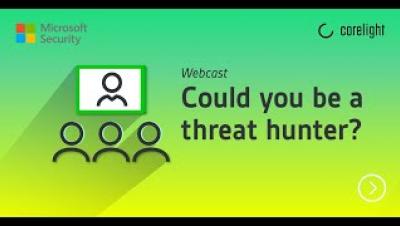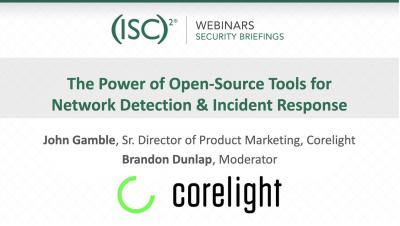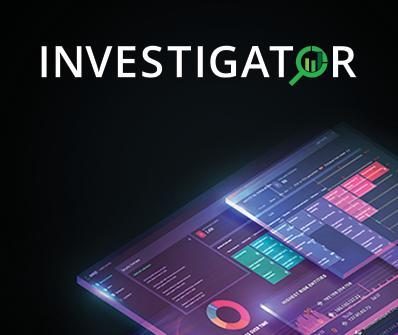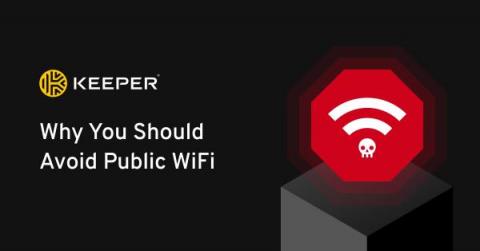Difference between Network Monitoring and Network Security Monitoring
It seems like every other day; we hear about another company that has been hacked and its customers’ personal data compromised. In the wake of these incidents, it’s more important than ever for businesses to take steps to protect themselves from cyber-attacks. One way to do this is by implementing a network monitoring and security monitoring solution.











